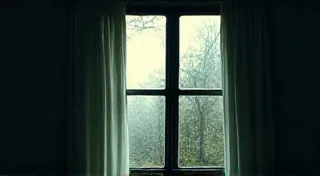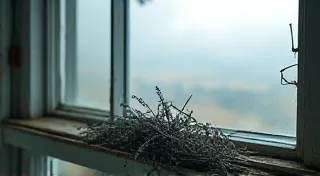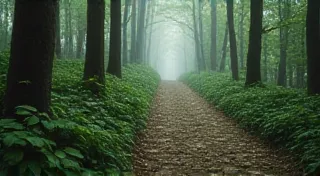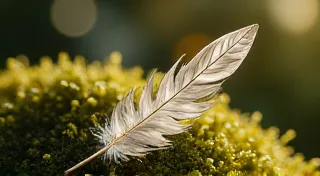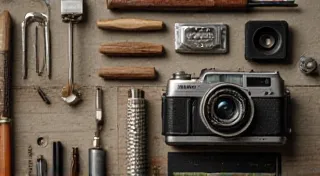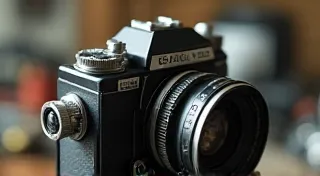The Alchemy of Dust: Cleaning and Preserving Antique Camera Leatherwork
There's a particular magic to handling an antique camera. It’s not just the mechanics, the whirring of gears, the satisfying click of the shutter – it's the tangible history embedded within it. And often, that history is most profoundly etched in the leatherwork. That worn, cracked, stained leather isn’t just a covering; it’s a silent witness to decades of lives lived, journeys taken, and moments captured. It holds the scent of time, the memory of a craftsman’s care, and the echoes of laughter and quiet contemplation.
I remember the first time I truly appreciated this. It was a Kodak Brownie Detective camera, found at a small antique shop tucked away in a forgotten corner of my hometown. The body was brass, gleaming faintly beneath layers of dust, but it was the leatherette – a once-rich burgundy – that captivated me. It was dry, brittle, and peeling in places, a map of its age. Cleaning it felt almost sacrilegious, like erasing a chapter of its story. But I knew that neglect would only accelerate its decay. The understanding that I could gently breathe new life into this piece of photographic history became an irresistible draw.
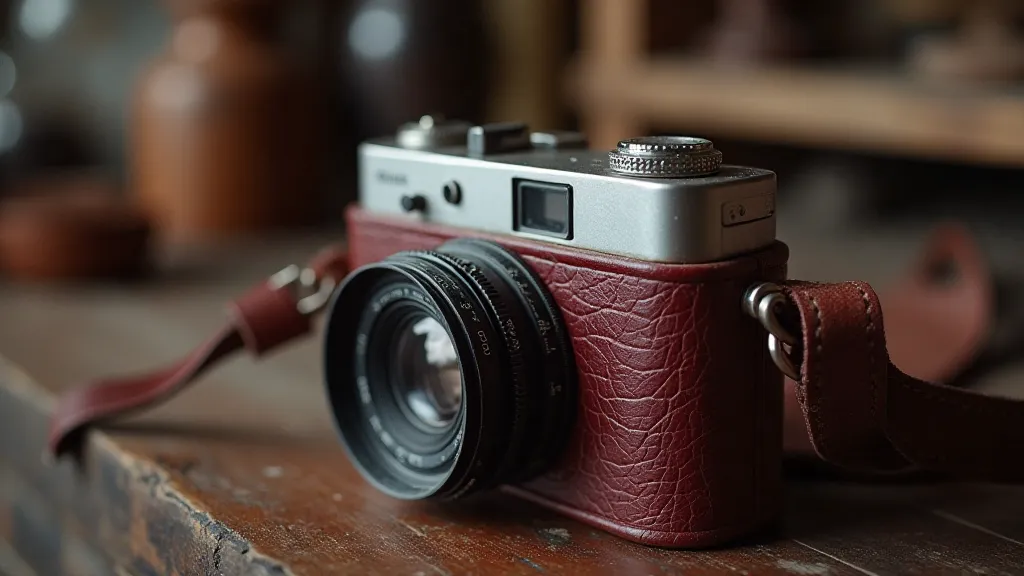
The Legacy of Leather: A Historical Perspective
The use of leather on cameras wasn’t merely aesthetic. Early cameras were often constructed from metals that could be uncomfortable to hold and susceptible to temperature fluctuations. Leather provided a comfortable grip, offered protection from the elements, and – crucially – absorbed knocks and bumps, prolonging the camera's lifespan. The quality of the leather varied, of course. Higher-end cameras, like those from Leica or Rolleiflex, often boasted genuine, supple leather, meticulously hand-stitched and dyed. Less expensive models frequently used thinner, less durable leatherette or imitation leather, often coated with a varnish that tended to crack and peel over time.
The dying and finishing processes themselves are fascinating glimpses into a bygone era. Natural dyes, often derived from plants and minerals, imparted unique tones and character to the leather. The skill of the craftsman wasn't limited to stitching and applying the leather; it extended to the artistry of the dying process, producing colours that remain astonishingly beautiful even after decades of fading. It’s humbling to consider the dedication these artisans possessed, a dedication that echoes the careful construction of the camera itself – the intention and care that informed every detail. That same deliberate approach to creating a functional and beautiful object links directly to the broader appreciation of vintage photographic materials and the stories they hold, an appreciation often deepened by a consideration of Chromatic Echoes: Capturing the Unique Color Palettes of Vintage Film Stocks.
Assessment: Understanding the Damage
Before you even consider cleaning, a thorough assessment is vital. Different types of leather require different approaches. A Leica’s fine leather will react differently than a Brownie’s leatherette. The first step is identification. Is it genuine leather? If so, what kind? Is it heavily coated? Look for signs of cracking, dryness, staining (often from fingerprints or spilled chemicals), and overall brittleness.
Gentle probing with a soft brush can reveal the extent of the damage. A slight crack that runs along a seam is one thing; widespread crumbling is quite another. And always, *always* test any cleaning solution on a small, inconspicuous area first – the underside of the camera or a hidden seam – to ensure it doesn's cause further harm. Don't be tempted to rush. Patience is the cornerstone of any successful restoration.
Gentle Cleaning: Removing the Grime of Time
The goal here is not to erase the patina of age, but to remove surface dirt and grime that obscures the leather's natural beauty. A soft, clean brush – a horsehair brush is ideal – is your first line of defense. Gently brush the entire surface, working in small, circular motions. A slightly damp cloth (use distilled water to avoid mineral deposits) can then be used to wipe away loose dirt. Avoid excessive moisture; the goal is to dampen, not soak, the leather.
For more stubborn grime, a very mild soap solution – a single drop of gentle soap like castile soap in a cup of distilled water – can be employed. Apply the solution sparingly with a damp cloth, immediately followed by a clean, damp cloth to remove any residue. Again, a horsehair brush can be used to gently work the solution into the leather's pores.
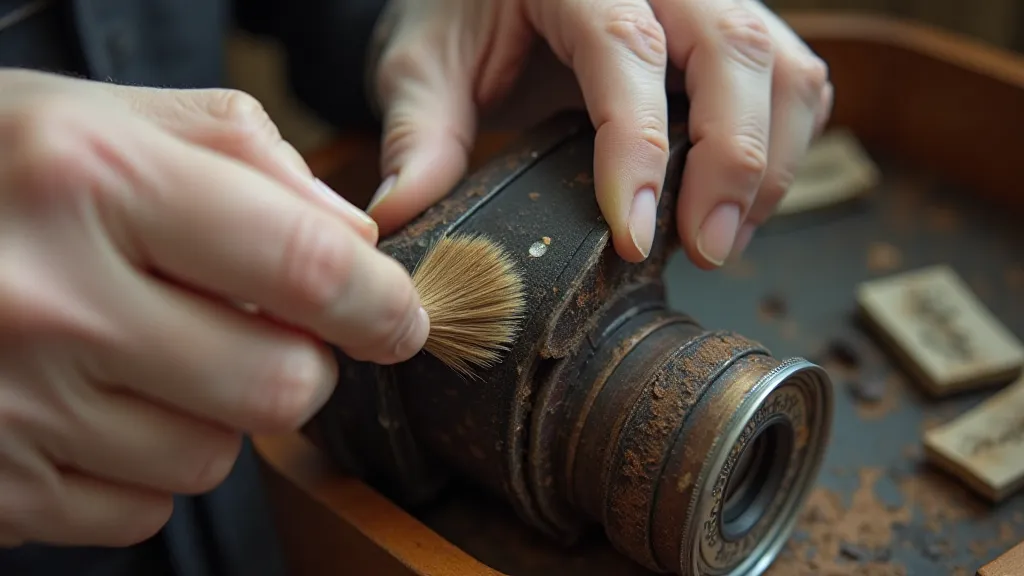
Conditioning and Preservation: Rehydrating the Leather
Once the leather is clean, the next crucial step is conditioning. Leather, like skin, dries out over time, leading to cracking and brittleness. Conditioning replenishes lost oils and restores flexibility. There are numerous leather conditioners available, but it's essential to choose one specifically designed for antique leather. Avoid products containing silicone or petroleum distillates, as these can damage the leather in the long run.
Apply the conditioner sparingly, working it into the leather with a soft cloth. Allow the conditioner to absorb fully, then buff the surface with a clean cloth to restore a subtle luster. Regular conditioning – every six months to a year – will help to maintain the leather's health and prolong its lifespan. Storage plays a crucial role too. Keep the camera in a cool, dry place, away from direct sunlight and extreme temperatures. The quiet act of care, of bringing renewed vitality to a relic of the past, can be a deeply personal experience. Often, understanding the history of these objects, the stories they’re telling, requires looking beyond the physical restoration and exploring the feelings and sentiments they evoke. This is a journey that connects us to a wider context, a consideration similar to those found within Aperture's Lament: Diagnosing and Addressing Light Leaks in Vintage Cameras.
Addressing More Serious Damage
While gentle cleaning and conditioning can often revitalize aging leather, more serious damage may require more specialized techniques. Cracking, peeling, and significant staining are challenges that demand a more nuanced approach. In some cases, it may be possible to repair minor cracks with leather glue and patches. Severely damaged areas may require complete replacement, a task best left to experienced leatherworkers.
It's important to acknowledge that complete restoration is often an unrealistic goal. The beauty of antique leatherwork lies in its imperfections – the cracks, the stains, the wear marks that tell a story. Trying to erase those imperfections can often diminish the leather's character and value. The goal should always be to preserve what remains, to stabilize the leather, and to prevent further deterioration. Sometimes, the very limitations of what can be achieved highlight the delicate balance between preservation and accepting the passage of time, a sentiment also explored in the contemplation of abandoned design and potential futures, as considered in The Shadow of Innovation: Considering the Lost Futures of Abandoned Camera Designs.
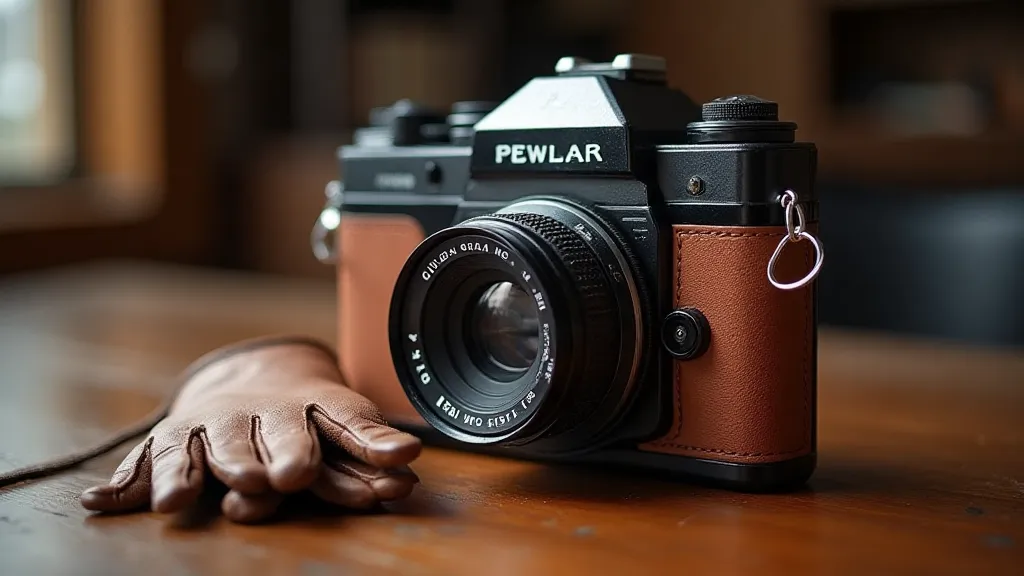
Beyond the Surface: An Appreciation for Craftsmanship
Restoring antique camera leatherwork isn’t simply a technical exercise; it’s an act of reverence. It’s a connection to the past, a celebration of craftsmanship, and a testament to the enduring power of human ingenuity. Each camera tells a story, and the leatherwork is a vital part of that narrative. By taking the time to clean and preserve it, we're not just restoring a piece of equipment; we're preserving a piece of history.
And perhaps, in the process, we gain a deeper appreciation for the artistry and dedication of the craftsmen who created these beautiful objects – and for the countless moments they helped to capture, preserving memories for generations to come. The slow, deliberate process of restoration mirrors the enduring legacy of these cameras, a legacy forged in moments of ingenuity and a dedication to creating objects of both function and beauty.
